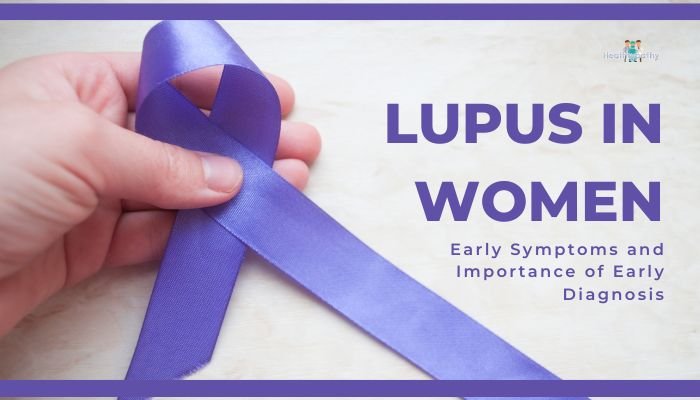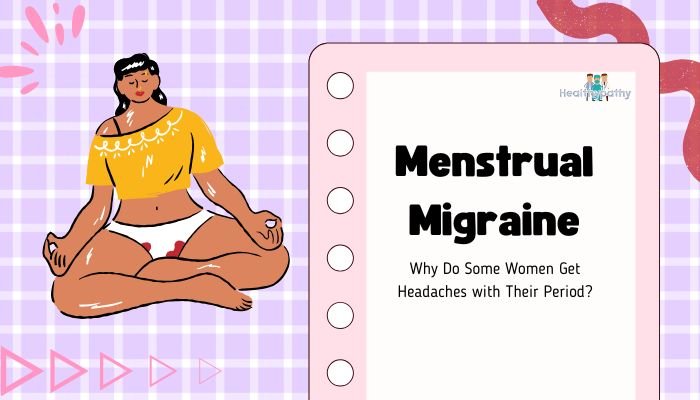Introduction
A C-section—short for cesarean section—offers a safe way to deliver a baby when vaginal birth isn’t feasible or advisable. However, it is major abdominal surgery. Postoperative healing demands special care to ensure the incision heals properly and you regain your strength.
While individual experiences vary, understanding the basic principles of C-section recovery can help you navigate the postpartum period more comfortably. This article explores what to expect, how to manage pain, and strategies for regaining mobility while minimizing complications.
Immediate Postoperative Phase
In the Hospital
Shortly after surgery, you’ll be monitored in a recovery area for complications such as excessive bleeding or infection. Common elements of immediate care include:
- Vital Signs Check: Nurses frequently assess blood pressure, heart rate, and oxygen levels.
- Pain Management: Medications (often IV or oral) help control incision and uterine cramps.
- Early Movement: Within 24 hours, doctors generally encourage you to walk short distances, which aids circulation and promotes healing.
Caring for Your Incision
Hospital staff or caregivers will show you how to check your incision. Stitches or staples might be removed around postpartum days 5–7, or sometimes they dissolve on their own. Keep an eye out for:
- Redness or Swelling
- Hot Sensations Around the Wound
- Unusual Discharge or Foul Odor
Reporting these can catch infection early.
Managing Pain and Discomfort
Medications
- Oral Pain Relievers: Non-opioid analgesics (like ibuprofen or acetaminophen) are commonly used, with stronger options if needed.
- Stool Softeners: Because of discomfort and decreased mobility, constipation can be common. Softeners help ease bowel movements without straining.
Supporting the Incision
- Proper Positioning: Use pillows or folded blankets when nursing or sitting, preventing pressure on the abdomen.
- Abdominal Binder: Some women find compression garments or binders offer extra support to the healing muscles, reducing pain while walking.
Gentle Movement
Frequent brief walks—like around the hospital corridor or later, around your home—boost blood flow, reduce clot risk, and gradually re-strengthen your core.
At-Home Recovery Essentials
Monitoring Your Incision
Follow any cleaning instructions given by your healthcare provider. Typically, gently pat dry after a shower—avoid scrubbing or using harsh soaps directly on the incision. If you spot:
- Increased Pain or Redness
- Warmth or Swelling
- Fluid Leakage
Reach out to a doctor promptly to rule out infections.
Limit Heavy Lifting and Strain
For the first 4–6 weeks, avoid hauling heavy objects or performing vigorous exercises that stress abdominal muscles. Instead, rely on help from family members, or break tasks into manageable parts. Overexertion can lead to wound complications and slow down healing.
Balanced Nutrition and Hydration
Good nutrition helps tissue repair. Incorporate protein, whole grains, fruits, and vegetables while staying well-hydrated. Fiber-rich foods ease constipation. If breastfeeding, you’ll naturally need extra calories and fluids to support milk production.
Timeline of Recovery
First Two Weeks
- Week 1: Pain can be the most intense, but tends to decline each day. You’ll likely need medication and plenty of rest interspersed with short walks.
- Week 2: Some women feel more mobile. You may gradually increase walking and light chores if cleared by your provider.
Weeks 3–6
- Gradual Increase of Activity: Over time, discomfort typically decreases, though the incision area might still be tender.
- Follow-Up Appointments: A postpartum checkup around 4–6 weeks ensures your incision is healing well and you’re recovering normally.
Beyond Six Weeks
Many women resume moderate exercise and normal activities. However, the abdominal area can remain sensitive, and full internal healing can stretch beyond 8–12 weeks. Always clear strenuous workouts with your healthcare provider first.
Tips for a Smoother Recovery
- Enlist Help: If possible, arrange for family or friends to assist with household tasks, infant care, or older siblings.
- Focus on Breastfeeding Positioning: Try “side-lying” or “football hold” to lessen pressure on your incision.
- Be Mindful of Body Mechanics: Roll to your side before sitting up in bed to avoid straining your core.
- Gradually Return to Exercise: Gentle pelvic floor exercises can resume early with your doctor’s okay. Heavier workouts typically begin after 6–8 weeks.
- Watch for Mood Changes: Postpartum hormonal shifts combined with surgical recovery stress can prompt mood fluctuations. Seek professional advice if you suspect postpartum depression or anxiety.
When to Call Your Healthcare Provider
Red-Flag Symptoms
Contact your doctor if you notice:
- High Fever (Over 100.4°F / 38°C)
- Heavy Vaginal Bleeding (more than a pad an hour) or large clots
- Increasing Incisional Pain, Redness, or Oozing
- Painful or Difficult Urination
- Leg Swelling or Severe Headaches
Timely action helps prevent more significant complications.
Conclusion
Cesarean recovery can be challenging, requiring patience, proper wound care, and balanced rest and activity. By managing pain effectively, staying alert to infection signs, and gradually resuming daily tasks, most mothers navigate C-section healing without major setbacks. Rely on your support system—partners, friends, or postpartum professionals—and keep communication open with healthcare providers for advice or concerns. This well-rounded approach helps ensure you heal fully and comfortably while enjoying precious moments with your new baby.
References
- https://www.acog.org
- World Health Organization (WHO). Postpartum care of the mother and newborn. 2019.
- Lavender T, Hofmeyr GJ, Neilson JP, Kingdon C, Gyte GM. Caesarean section recovery guidelines. Cochrane Database Syst Rev. 2012;CD008074.
- Declercq E, Sakala C, Corry MP, Applebaum S, Herrlich A. Major complications associated with cesarean births in the United States. J Midwifery Womens Health. 2013;58(4):317–326.






